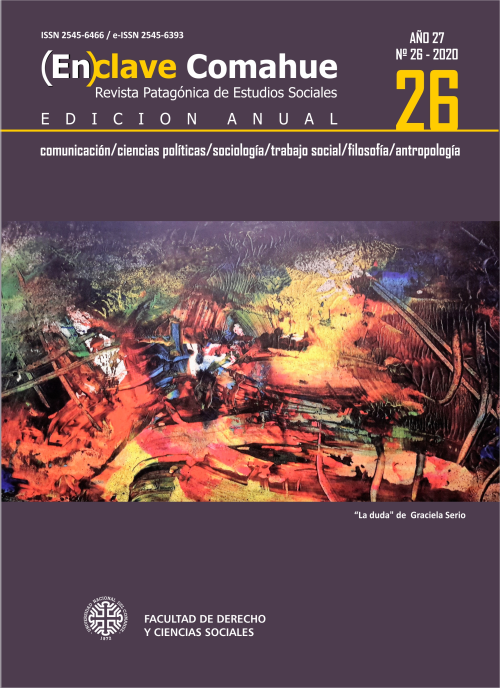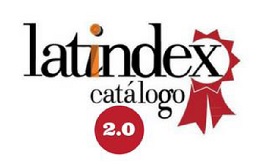Spaces, communication and politics. Reflections on the journalistic chronicles of the 2020 pandemic on Argentine television
Keywords:
covid-19, television news, territories, politicsAbstract
Abstract
During a pandemic, there are other ways of living and inhabiting space in a time that accelerates in the work of doctors and governments, and slows down in the daily life of the population in general. Societies are mediated and what happens is known through the media. The global health catastrophe is an obligatory agenda and television is its ideal medium: image, movement, sound, the faces of the pandemic are on the screens moment after moment. The routines of journalistic work make it possible to work in extreme situations and the information on the facts is given as usual. Television coverage is strange, but it is legitimized because television always reaches places that audiences cannot access. Television news responds to spectacularization to explain a dense present of confinements, masks, recommendations, decrees, claims, dismissal operations, violent speeches and different ways of inhabiting places in a harsh articulation with politics. In this work, the television agenda on the pandemic and its effects are problematized from a territorial perspective of media discursivities. And because it is a real-time investigation, it reflects on how to deal with a problem of highseverity while it is happening.
Downloads
References
Martín-Barbero, Jesús y Rey, Germán. (1999). Los ejercicios del ver. Hegemonía audiovisual y ficción televisiva. Barcelona: Gedisa.
Martínez Estrada, Ezequiel. ([1940] 1983). La cabeza de Goliath. Microscopía de Buenos Aires. Buenos Aires: Hachette.
Watzlawick, Paul. ([1976]1978). ¿Es real la realidad? Confusión, desinformación, comunicación. Barcelona: Herder.
Fuentes
Cippitelli, Mario. (17 de agosto de 2020). Palabras responsables, La Mañana de Neuquén. Recuperado de https://www.lmneuquen.com/palabras-responsablesn726110
Espada, Agustín. (12 de abril de 2020). En plena pandemia, la televisión se viraliza, Tiempo Argentino. Recuperado de https://www.tiempoar.com.ar/nota/enplena-pandemia-la-television-se-viraliza
Downloads
Published
How to Cite
Issue
Section
License
Los autores de los artículos publicados conservan los derechos de autor y garantizan a la revista el derecho a ser la primera publicación. Los autores podrán adoptar otros acuerdos de licencia no exclusiva de distribución de la versión de la obra publicada (p. ej.: depositarla en un repositorio institucional o en sus sitios personales) siempre que se indique la publicación inicial en esta revista.
Los artículos se publican bajo la licencia de Creative Commons Reconocimiento-NoComercial-CompartirIgual 4.0 Internacional, mediante la cual se permite copiar, reproducir, distribuir, comunicar públicamente la obra y generar obras derivadas, siempre y cuando se cite y reconozca al autor original. No se permite utilizar la obra ni sus posibles obras derivadas con fines comerciales.
ACLARACIÓN: En números anteriores al año 2017 se utilizó la licencia Creative Commons BY-NC-ND para la publicación de los artículos.







